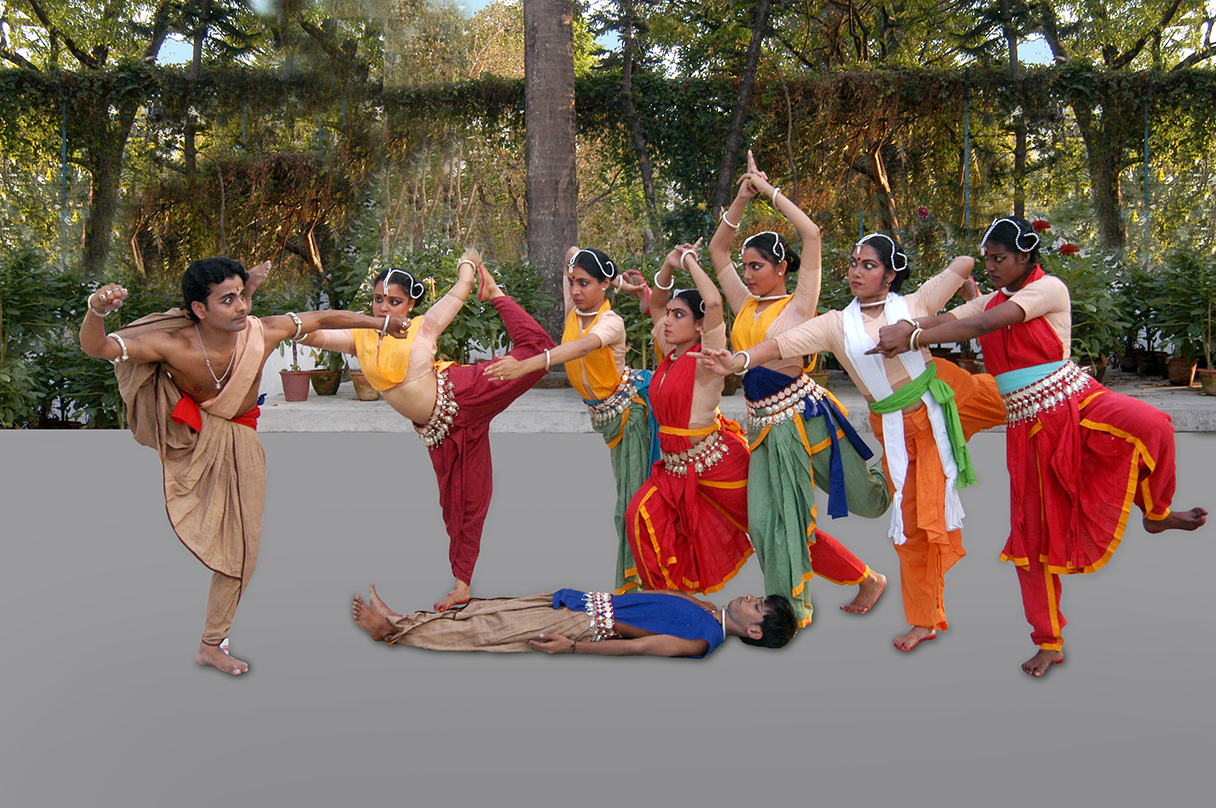Project Vedanritya:
In 2006, the Ministry of Culture, Government of India, awarded Senior Fellowship to the Guru for Vedanritya, a never-before-thought-of subject. Vedanritya is a new language in dance; a confluence of three distinct Indian forms of expression – Odissi dance, vedic and tantric hasta mudras (93) and yoga. All three forms are age-old Indian practices. All three embody the spiritual aspiration of appeasing the divine, and finding peace in divinity. All three enthral and delight audiences. Inspired by the commonness, Guru Talukdar weaved in the essence of the three, into one new Indian classical form, Vedanritya.





